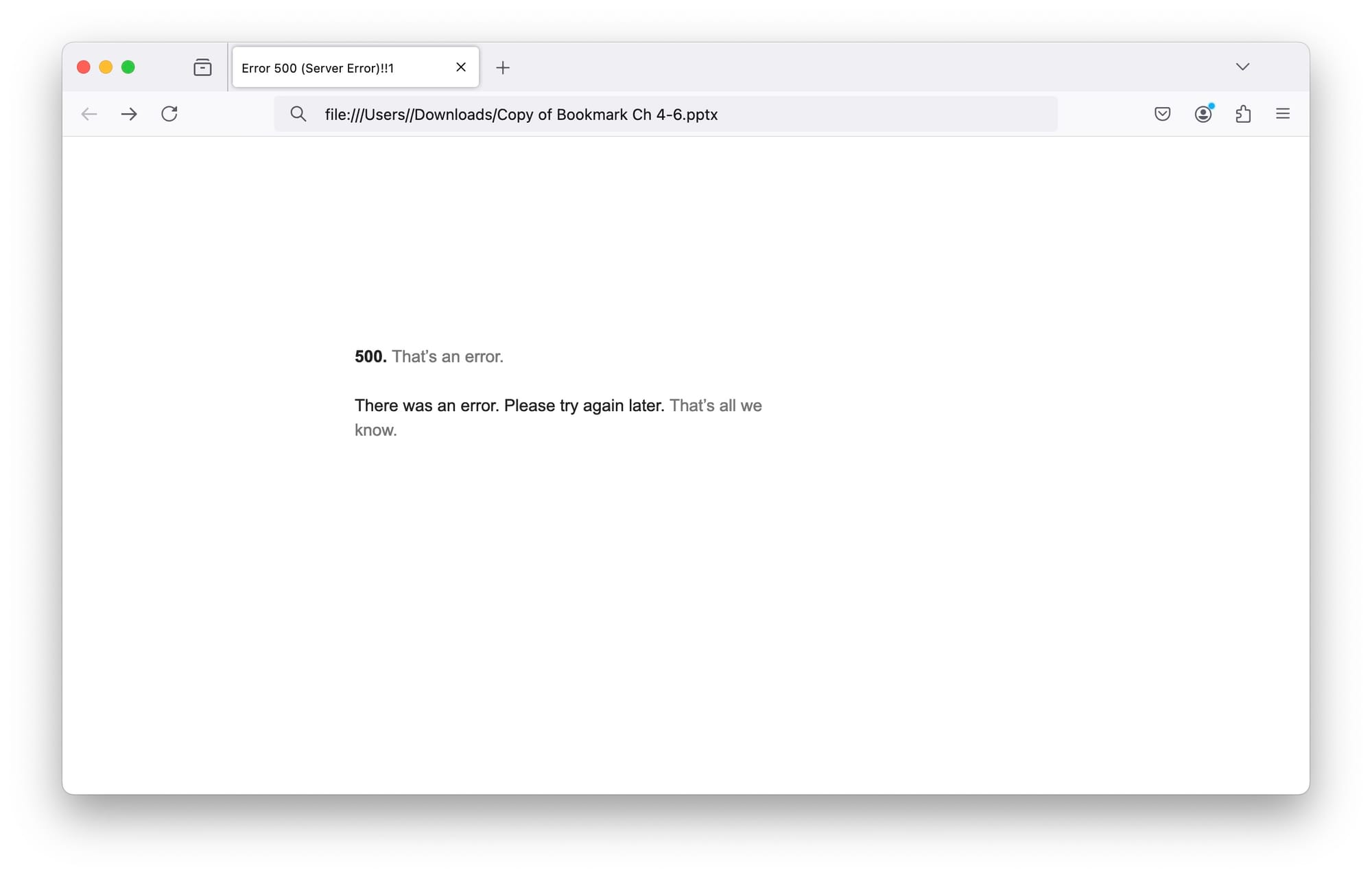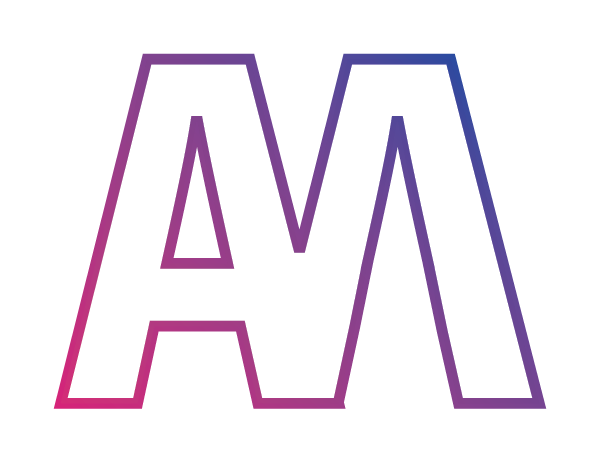An Open Letter to Lakota Local Schools on Educational Technology

This post was originally going to be a short rant I would post to a small Facebook group I am part of. As I started writing it, I realized it was a call for change.
Disclaimer: These are my personal views and do not represent the views of my employer, and I am in no way directing this post toward the instructional staff of Lakota; they do a great job and are often underpaid and overworked.
If this article inspires you to seek change in how Lakota uses educational technology, please take a moment to sign this Change.org petition to encourage a dialog on this subject with the Lakota community. I also encourage everyone to leave their thoughts in the comments below.
With all of that said, can we please go back to teaching with paper and books?
OK, maybe that is extreme; I know there are downfalls to books also, like how frequently they get updated and student injuries from carrying heavy backpacks. However, the mishmash of technologies that Lakota uses does not work well.
Being glued to a Chrome book all day really cannot be much better than students having access to their phones in class anyway.
Why do I feel qualified to make this statement, and what follows?
I have worked in tech for over 15 years, with experiences ranging from at-scale system administration for Fortune 500 companies to, most recently, being a Principal Cloud Data & AI Specialist at Microsoft, with a lot of the last year spent working with higher education customers and state educational agencies. Of course, with anything related to data and AI, user experience is a primary consideration; just as with anything, cloud-related security is as well.
Beyond my professional experience, I am pursuing a master's in computer science at Georgia Tech, where I've taken courses in human-computer interaction (HCI). While I'm not an educator, instructional design with technology falls into the study of HCI.
Now, for the important part, why do I feel this way?
This year, my oldest child (who has ADHD) is now in junior high, where there is a massive shift in instruction, which is even more technology-driven than in past years. Technology can improve the student learning experience and help teachers scale when appropriately implemented. Ideally, the technology blends into the background - in HCI, we refer to this concept as building an invisible interface.
This evening, I sat down to help my oldest reconcile a few missing assignments he had. Honestly, the experience was far from invisible; it was painfully evident and frustrating on several levels.
Like many schools, Lakota uses several different technologies, although, almost to a fault - Throughout the day, my junior high student uses Google Drive, Google Docs, and Google Slides for creating and storing documents. They use Outlook to send e-mails to the teachers and staff. Power School (HAC) manages its final grades and enrollment. Canvas is the primary learning management system they interact with. Then, there is a mix of BrainPOP, Amplify, Gizmos, and IXL on top of it all for learning content. Imagine Learning, Kahoot, and Dreambox are added to the list if you add my elementary student. Some systems integrate well, while others do not, creating a tangled rat's nest of application spaghetti.
Focusing on tonight's expedition to find missing work, I've discovered that Lakota's implementation of instructional technology is exceptionally complex. One of the incomplete assignments was showing up in HAC with the name "Can you build it?". My child indicated that they completed this in the Amplify Desmos platform, so my following action was to go into Desmos and search for an assignment with the same name, which I found, and it was complete. Immediately after scratching my head, I looked at the grades in Canvas next (which unfortunately don't match the grades in HAC), which had an assignment titled "Can you build it?". I clicked the link to that assignment only to find a nearly blank page. Finally, I went through the weekly course modules to find another link to the "Can You Build It Assignment," which took me to a different Desmos assignment called "Practice 7.7.10."
Finding information was, at best, challenging and, at worst, near impossible, coming from me as a professional with related experience and as a master's student who uses some of the same applications as I work toward my degree. One key difference is that Georgia Tech has tried to limit the number of technology solutions used in its instructional design to just a handful. When an organization chooses point solutions, the solutions reduce the organization's technology costs early on. However, as the technology footprint grows, overlapping features develop, and the complexity of integration leads to higher costs and reduced user experience. There is a benefit to consolidation.
I cannot imagine the impact of this complexity on less technically savvy students, teachers, and families. Each evening, my wife or I get to feel like we are Hansel or Gretel trying to follow the breadcrumbs through these systems to identify if our students have completed and turned in all of their work and if they haven't, is the incomplete work still in the window of time where they can submit it for partial credit.
What about that integration?
How well does the software work together? While working through tonight's missing work, one was a set of Google Slides my 7th grader submitted; however, the teacher couldn't open it. Unfortunately, something happened during the submission process. Instead of receiving the slides, the teacher received a webpage with the same filename our student had attempted to submit.

When a student submits Google Slides to Canvas, in the background, the Slides file is converted to Microsoft PowerPoint and then uploaded and attached to the submission. Once students submit their work, they do not receive any feedback indicating success or failure. I wonder if this is universal when using Google Drive and Canvas or if it's a side effect of how Lakota has integrated these two systems.
Devices
Let's talk about devices, specifically Lakota's Chromebooks. I'm grateful we can put a computer on every student's desk; this is 100% in line with the dream of my employer's founder, Bill Gates, who wanted a computer on every desk and in every home. Kudos to Lakota for accomplishing this!
Chromebooks have still been a double-edged sword for several reasons. The controls on the devices are not nearly sufficient and, in some cases, can even be bypassed entirely by a savvy student. I know of incidents where students have side-loaded apps to play games or watch movies on their devices during study halls. Not only is this a distraction, much like cell phones, which everyone has debated lately, but jailbreaking any technology leaves the device vulnerable and opens the door to malware, which can be a network security and student safety risk.
So, how do WE fix this?
The most important thing we can do is create a governance committee for technology decisions in the school district that has representation from experts from the technology field, teaching staff, curriculum experts, procurement, and potentially even experts from one of the nearby universities. The board would then consult the committee for a non-binding recommendation before making any technology decisions, ensuring the decision aligns with industry and institutional best practices instead of being made in a vacuum.
The curriculum team needs to focus on using technology to enhance students' learning experience while helping teachers scale. Understanding the reality of technology being prolific in higher education and business, pen, paper, and textbooks still, in many cases, provide benefits over their digital equivalents. Where technology makes sense, focusing on GREAT HCI and instructional design experiences is essential.
Lakota's technology department and procurement services team also have an opportunity to evaluate the many different vendor products currently being used and supported by the school to find opportunities to decrease costs to the district while simplifying and enhancing the experience.
And finally, the district needs to look at moving to devices with more robust capabilities - both from a management standpoint and a usability standpoint. Fortunately, Lakota also has a bring-your-own-device (BYOD) option. Still, BYOD does not scale in the classroom and leaves behind at-risk students. The reality is no one is using Chromebooks in college or business; this is an opportunity to make sure WE are future-ready.
